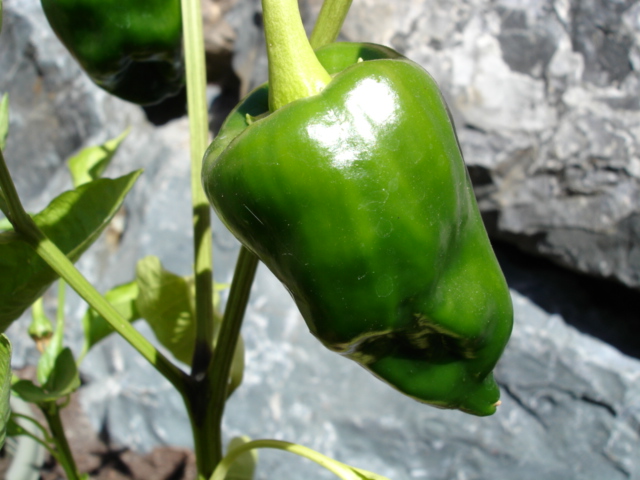schrodinger_hated_cats
Banned User
I grow peppers of various kinds, from mild bell peppers to insanely hot habanero varieties. I lurves me hot spicy things! :wub:
There is actually a scale, called the Scoville heat scale, that ranks peppers according to how hot they are:
So what is the hottest one you've eaten?
There is actually a scale, called the Scoville heat scale, that ranks peppers according to how hot they are:
15,000,000–16,000,000 Pure capsaicin
8,600,000–9,100,000 Various capsaicinoids (e.g. homocapsaicin, homodihydrocapsaicin, nordihydrocapsaicin)
5,000,000–5,300,000 Law Enforcement Grade pepper spray, FN 303 irritant ammunition
...................................................................
855,000–1,050,000 Naga Jolokia
350,000–580,000 Red Savina Habanero
100,000–350,000 Habanero chili, Scotch Bonnet Pepper, Datil pepper, Rocoto, African Birdseye, Madame Jeanette, Jamaican Hot Pepper
50,000–100,000 Thai Pepper, Malagueta Pepper, Chiltepin Pepper, Pequin Pepper
30,000–50,000 Cayenne Pepper, Ají pepper,Tabasco pepper, some Chipotle peppers, Cumari pepper (Capsicum Chinese)
10,000–23,000 Serrano Pepper, some Chipotle peppers
2,500–8,000 Jalapeño Pepper, Guajillo pepper, New Mexican varieties of Anaheim pepper, Paprika (Hungarian wax pepper)
500–2,500 Anaheim pepper, Poblano Pepper, Rocotillo Pepper
100–500 Pimento, Peperoncini
0 No heat, Bell pepper
So what is the hottest one you've eaten?






